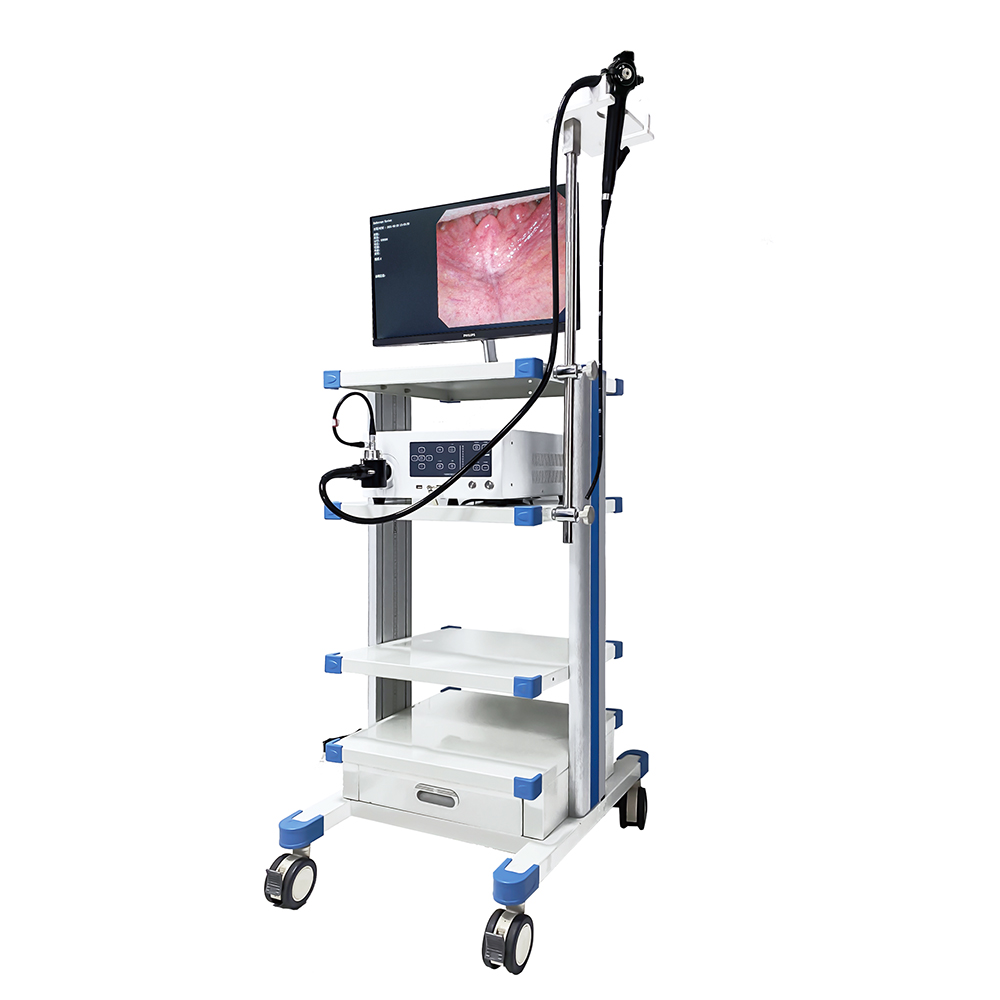Uretero-nephroscopy is a minimally invasive procedure that allows doctors to examine and treat the upper urinary tract, including the ureter and kidney. It is commonly used to diagnose and treat conditions such as kidney stones, tumors, and other abnormalities in the upper urinary tract. In this blog, we will provide a comprehensive guide to uretero-nephroscopy, including its uses, procedure, and recovery.
Uretero-nephroscopy is commonly used to diagnose and treat kidney stones. During the procedure, a thin, flexible instrument called a ureteroscope is inserted through the urethra and bladder, and then up into the ureter and kidney. This allows the doctor to visualize the inside of the upper urinary tract and identify any kidney stones or other abnormalities. Once the stones are located, the doctor can use small tools to break them up or remove them, relieving the patient of the discomfort and potential blockage caused by the stones.
In addition to kidney stones, uretero-nephroscopy can also be used to diagnose and treat other conditions such as tumors, strictures, and other abnormalities in the ureter and kidney. By providing a direct view of the upper urinary tract, this procedure allows doctors to accurately diagnose and effectively treat these conditions.
Procedure
The uretero-nephroscopy procedure is typically performed under general anesthesia. Once the patient is sedated, the doctor will insert the ureteroscope through the urethra and up into the bladder. From there, the doctor will guide the ureteroscope up into the ureter and then into the kidney. Throughout the procedure, the doctor can visualize the inside of the urinary tract on a monitor and perform any necessary treatments, such as breaking up kidney stones or removing tumors.
Recovery
After the procedure, patients may experience some discomfort, such as mild pain or a burning sensation when urinating. This is usually temporary and can be managed with over-the-counter pain medication. Patients may also have a small amount of blood in their urine for a few days after the procedure, which is normal.
In most cases, patients are able to go home the same day as the procedure and can resume their normal activities within a few days. The doctor will provide specific instructions on post-procedure care, including any restrictions on physical activity and recommendations for managing any discomfort.
In conclusion, uretero-nephroscopy is a valuable tool for diagnosing and treating conditions in the upper urinary tract. Its minimally invasive nature and quick recovery time make it an attractive option for patients needing evaluation and intervention in the kidney and ureter. If you are experiencing symptoms such as kidney stones or unexplained pain in your upper urinary tract, talk to your doctor about whether uretero-nephroscopy may be right for you.
Post time: Dec-26-2023


